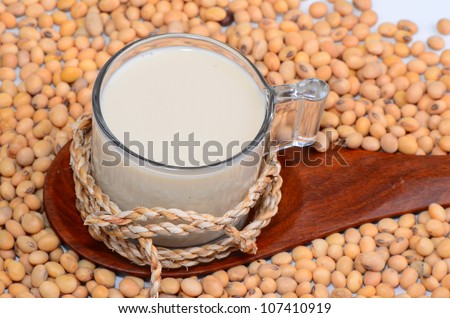1H-Inden-1-one,2,3-dihydro-5,6-dimethoxy-2-[[1-(phenylmethyl)-4-piperidinyl]methyl]-,hydrochloride (1:1) is a white to off-white crystalline solid . With the CAS Registry number 120011-70-3.
Its Molecular Formula is C24H30CINO3.it can be used as An inhibitor of acetylcholinesterase.It has the Pharmacological Action and uses as following.
| 120011-70-3 |
【Pharmacological Action】
- Drugs that inhibit cholinesterases. The neurotransmitter ACETYLCHOLINE is rapidly hydrolyzed, and thereby inactivated, by cholinesterases. When cholinesterases are inhibited, the action of endogenously released acetylcholine at cholinergic synapses is potentiated. Cholinesterase inhibitors are widely used clinically for their potentiation of cholinergic inputs to the gastrointestinal tract and urinary bladder, the eye, and skeletal muscles; they are also used for their effects on the heart and the central nervous system.- Drugs used to specifically facilitate learning or memory, particularly to prevent the cognitive deficits associated with dementias. These drugs act by a variety of mechanisms. While no potent nootropic drugs have yet been accepted for general use, several are being actively investigated.
【Therapeutic Uses】
Cholinesterase Inhibitors; Nootropic AgentsDonepezil hydrochloride tablets are indicated for the treatment of dementia of the Alzheimer's type. Efficacy has been demonstrated in patients with mild to moderate Alzheimer's Disease. /Included in US product label//EXPTL Ther:/ ... Officially approved for mild-to-moderate and severe /Alzheimer's Disease/ (AD), donepezil has also been shown to be effective in early-stage AD, vascular dementia, Parkinson's disease dementia/Lewy body disease and cognitive symptoms associated with multiple sclerosis. In addition, one study suggested that donepezil may delay the onset of AD in subjects with mild cognitive impairment.







